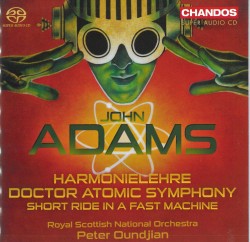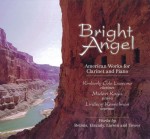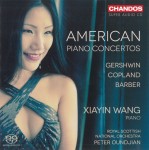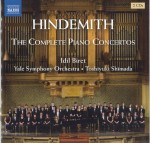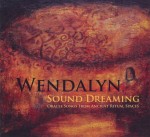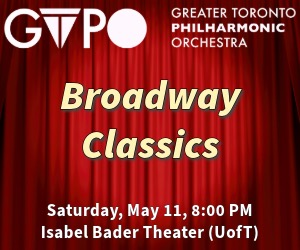Gamelan Cage – John Cage’s prepared piano pieces on Balinese Gamelan
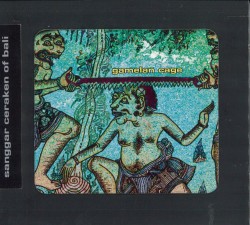 Gamelan Cage – John Cage’s prepared piano pieces on Balinese Gamelan
Gamelan Cage – John Cage’s prepared piano pieces on Balinese Gamelan
Sanggar Ceraken of Bali
Sargasso scd28075 (sargasso.com)
This album is another example of Italian gamelan recording producer John Noise Manis’ passion: the reinterpretation of 20th century modernist Western music by various kinds of gamelan groups. Here nine Cage prepared piano works from 1940 to 1948 were arranged by American ethnomusicologist Andrew Clay McGraw for Ceraken, an ensemble of dedicated young Balinese musicians led by composer I Made Subandi. They were then recorded in the idyllic rural setting of an “open-air pavilion overlooking the terraced rice fields of Batuan village” in southern Bali.
In his well-researched liner notes McGraw wonders whether Cage’s 1940s invention of the prepared piano was influenced by gamelan music. There is no evidence for such a causal relationship. Cage’s unexpected sole work scored for gamelan came late in his life when Toronto’s Evergreen Club Gamelan commissioned Haikai (1986). Interested readers can find my account in “John Cage, Master of Silence” in The WholeNote, September 2012.
McGraw argues that rather than gamelan, “more important for Cage’s prepared piano phase was the interwar flowering of percussion and percussive music.” On the other hand Cage’s piano preparations, “almost always transform the string from an harmonic to an inharmonic vibrating body.” This key observation links the sounds of the prepared piano to the bronze gongs and keys of the gamelan which are designed to produce inharmonic overtones. It is because of this sonic family resemblance that many listeners “think of the gamelan (and sometimes assume a direct line of influence) when hearing the inharmonic, noisy, but definitely pitched sounds of Cage’s prepared piano.”
McGraw worked intensely for weeks through the Cage scores with the Ceraken musicians, learning them by heart. They produced striking transformations, rendering them with a fresh percussive sonic palette as well as with Balinese-mediated choices of tempo, expression and ensemble performance practice. Moreover the creative team chose their instrumentation from seven very different gamelans. Lending complexity to the arrangements: none of the sets were “tuned to the other and there were very few coinciding tones between them.”
The musical results range from experimental and exploratory sounding, as in the “microtonal” sections of Daughters of the Lonesome Isle, to the musically substantial Bacchanale. The latter, stocked with 16th note hemiolas characteristic of Balinese kotekan, was a favourite among many of the musicians. Sounding just as convincing in an arrangement for Balinese gamelan as it does on its original instrument, it’s my favourite too.


